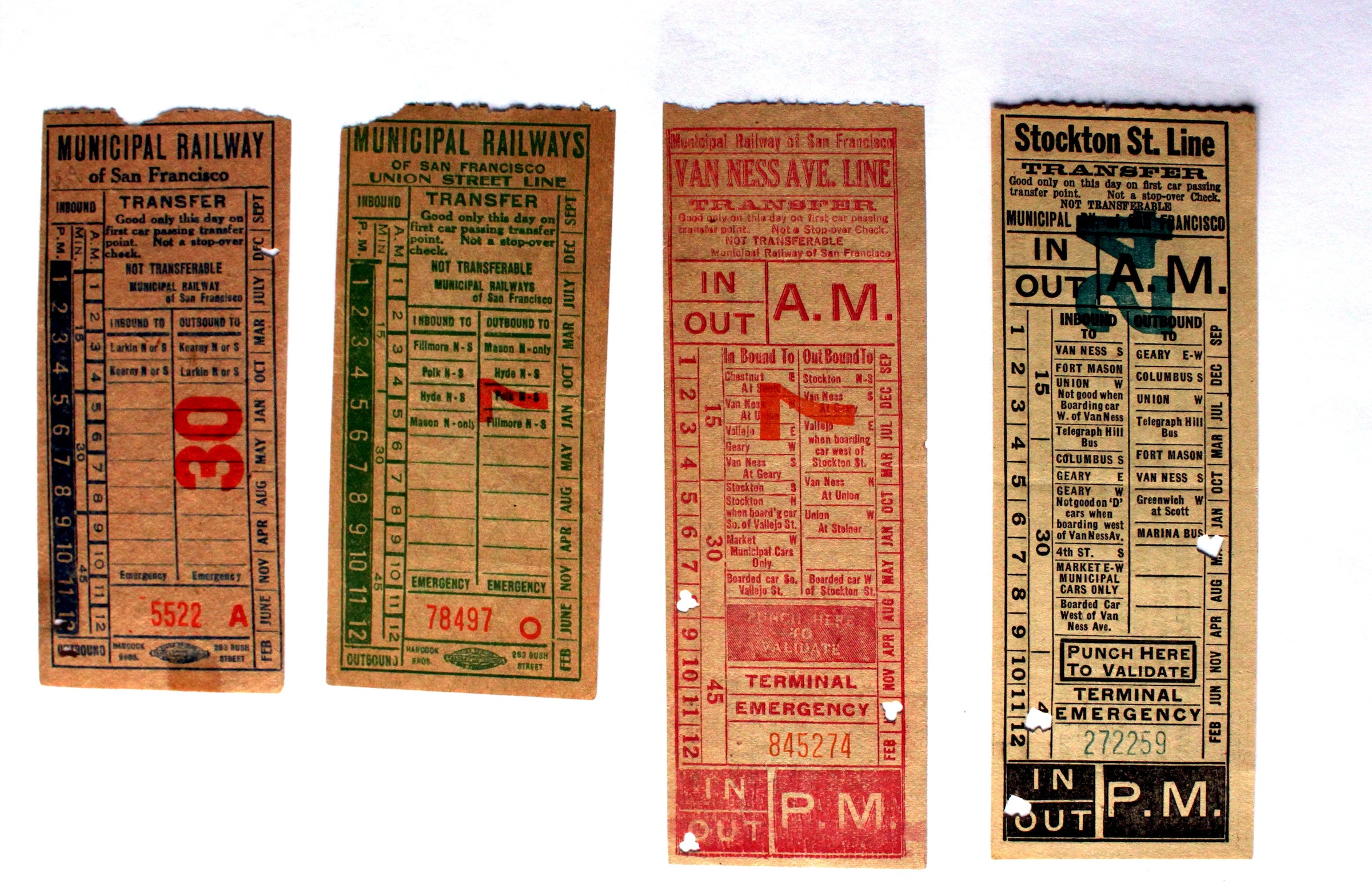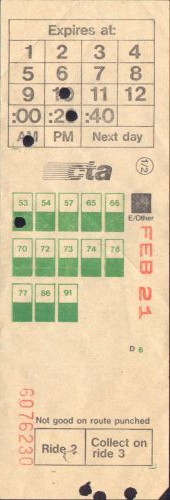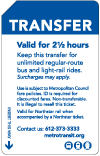Transit Agencies will highly suggest using the Clipper Card if they accept them. BART highly prefers it as well. There are many reasons behind this but the one that is promoted is it is easier for the customer than to have multiple fare payment methods of loose cash.
Most of the major agencies are on board with Clipper now with smaller agencies due to come online in the coming years.
Capitol Corridor was discusses but the stations East of Suisun/Fairfield are outside of the MTC area as the MPO changed from MTC to SACOG which is developing its own Smart Card system for the Sacramento Region.
I buy the discounted Capitol Corridor BART ticket, so I have little incentive to use Clipper Cash for taking BART. I don't like using it for MUNI because the electronic system enforces a hard 90 minute valid/transfer period. If I board where I'm handed a paper transfer, it's typically valid for 2-1/2 hours and sometimes as much as 4 hours when the operator doesn't feel like resetting the transfer holder.
How many transit systems have a transfer system like that, where the transfer system is based on where the transfer holder lays? I know Pittsburgh does something similar, but here in Minneapolis the system just spits out a card with the time pre-printed to two-and-a-half hours.
I much prefer using my Go-To card over carrying cash. I get 10% off the cash fare, can load 10 rides (with transfers) on for $18.50 (works for fares up to $2.25, anything above takes out of your cash fare balance) and the transfer is embedded in. Plus, all I need to do when boarding is tap my wallet and go...the system takes care of the rest. No trying to get exact change or finding my transfer slip.
Maybe I'll be sort of revealing how old I am, but I remember taking AC Transit in the East Bay (San Francisco Bay Area) in the late 70s. They've gone through a whole string of different transfer systems. When I first started taking AC Transit regularly, they were still using GM "New Look" buses with their characteristic diesel exhaust smell. The transfers were always preprinted with the bus route and direction and went into one of those hand-tear presses. If it didn't seem reasonable for a transfer a bus driver would accept a transfer. Then they went to similar transfers good in any direction on any local route. Then they went to these machines that machine printed a transfer with the AC Transit logo, the day, and the time on adding machine paper. Still - the expiration time had to be hand-set by the driver, and sometimes a driver didn't feel like resetting it for a while and I'd see 4 hours when the minimum was supposed to be 2. I think after a while they started running into issues (like running out of paper) and went back to the preprinted transfers. I don't think a whole lot of people use transfers these days because they charge for it. Heck - I remember when getting a BART to AC Transit transfer meant a free ride. Then it cost a quarter. Now I think it doesn't get you more than just a 25 cent discount.
MUNI in San Francisco is all over the map when it comes to how long a transfer is valid. One used to be able to pay right at a MUNI Metro turnstile and get a proof of purchase/transfer where the time printed was automated, but now they use a system that either accepts Clipper (or MUNI only tickets using Clipper technology) or where a human operator allows someone to pass after flashing a paper transfer. Once the MUNI Metro streetcars actually got on the street (or taking a bus or antique streetcar), human operators hand tear the transfers. I also remember going to baseball games where some MUNI employee would be inside the BART gates and would sell essentially an all-day pass (if "LATE NIGHT" was still intact) for the price of a one-way fare.








